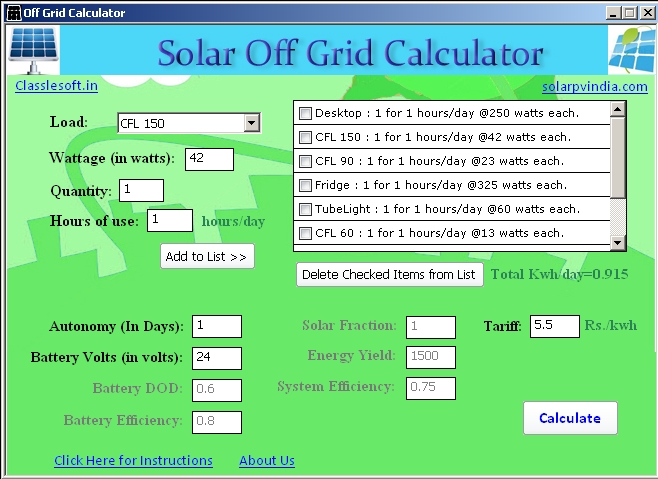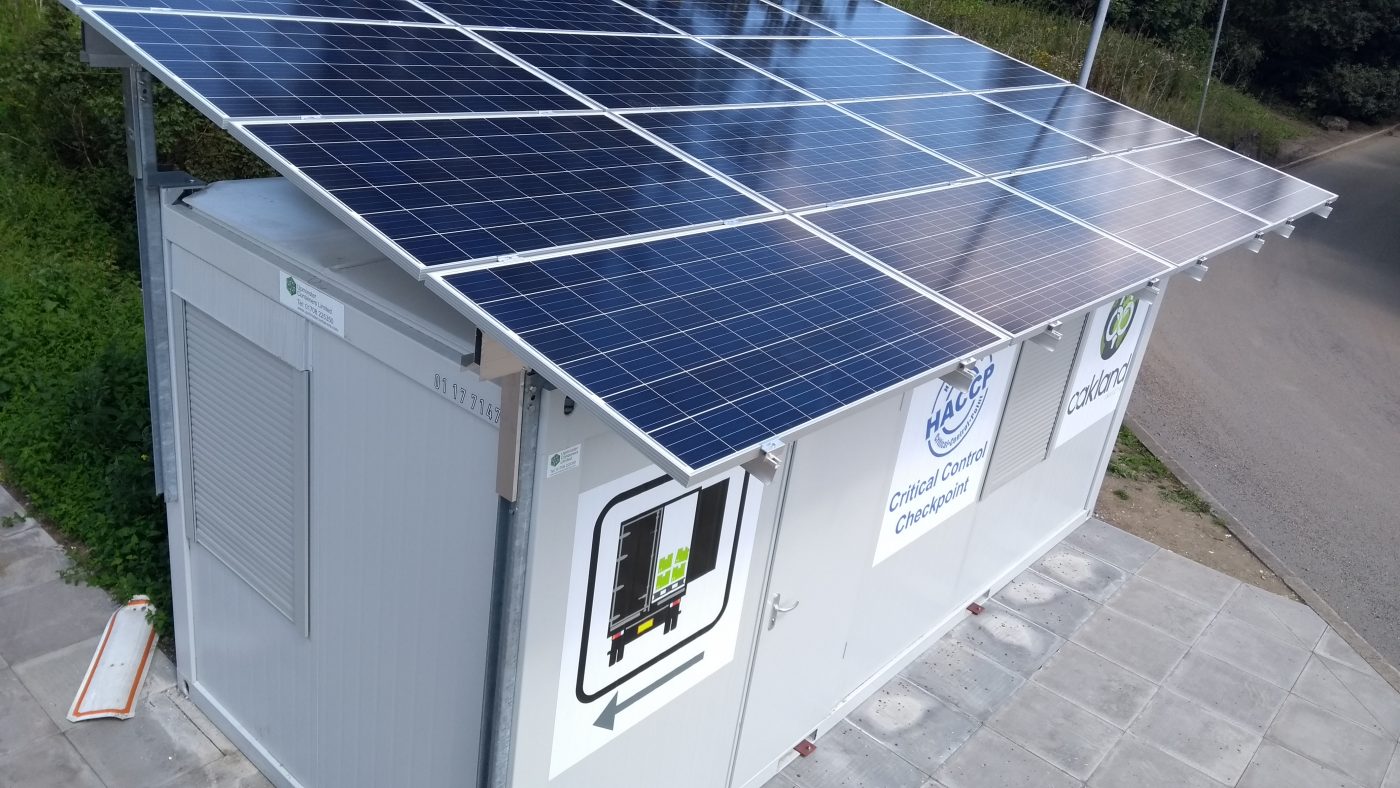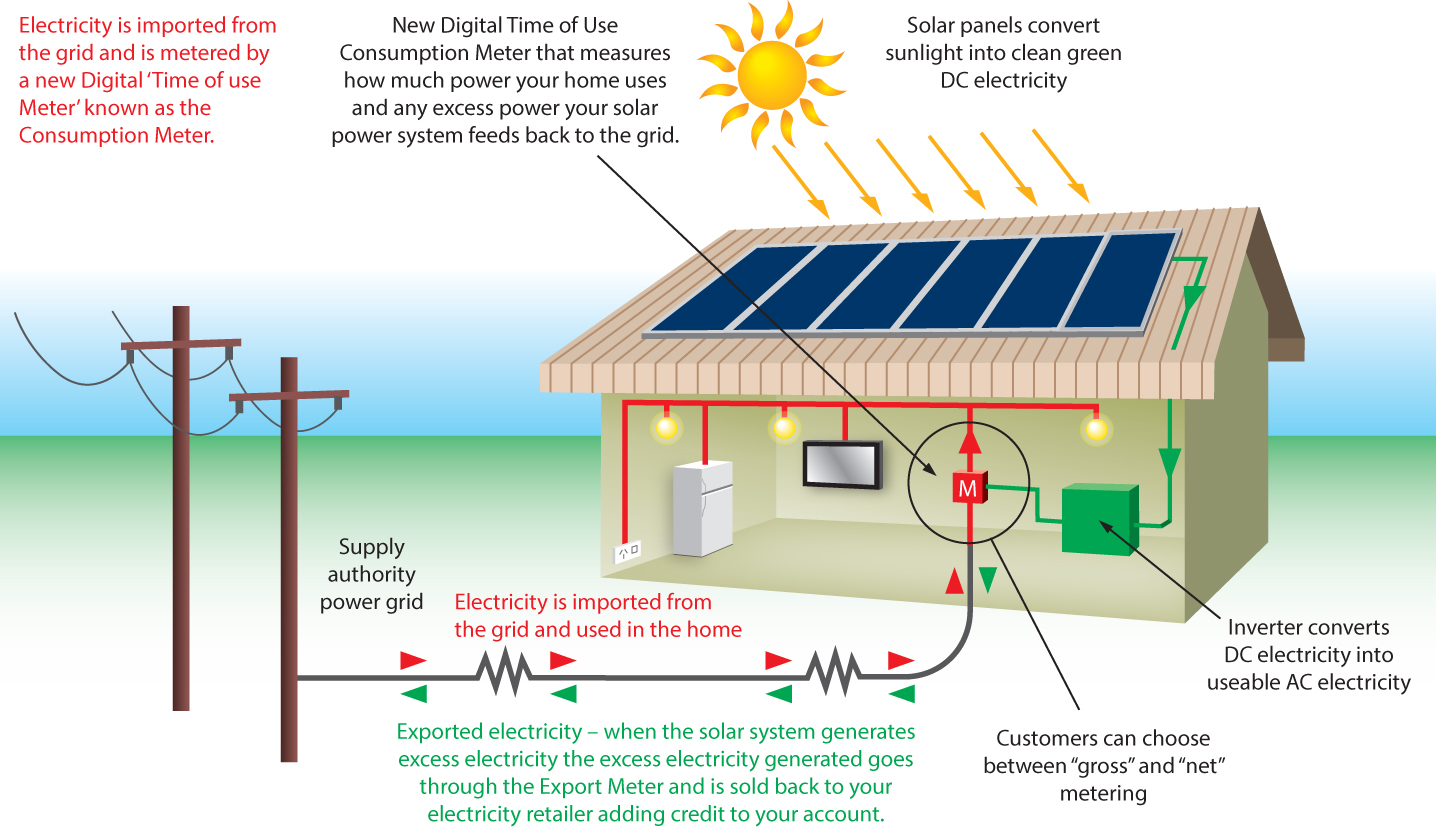

Īsad Zia, “Solar Panels Installed in 405 Schools across K-P,” Express Tribune, April 15, 2016. Intikhab Amir, “Solar Technology Brightens Swatis' Lives,” Dawn, January 6, 2012. Swat is positioned in Khyber Pakhtunkwa-the northwestern province of Pakistan. Jean-Baptiste Lesourd, “Solar Photovoltaic Systems: The Economics of a Renewable Energy Resource,” Environmental Modelling & Software 16, no.

Nicola Ursina Blum, “Fostering Rural Electrification: The Case of Renewable Energy-Based Village Grids in South East Asia” (PhD diss., Department of Management, Technology, and Economics, ETH Zürich, Zürich, 2013). Khan and Irfan Afzal Mirza, “Renewable Energy in Pakistan: Status and Trends” (paper, Ministry of Energy, Power Division, Government of Pakistan, 2014). “electricity,” accessed November 29, 2019. World Bank, Pakistan Off-Grid Lighting Consumer Perception: Study Overview, report 112020 (Washington, D.C.: World Bank Group, 2017). Toby Couture, Renewables in Cities: 2019 Global Status Report- Preliminary Findings (Paris: REN21 Secretariat, 2019). World Commission on Environment and Development, Our Common Future, report (Oxford: Oxford University Press, 1987). The findings hence underscore significance of supportive policies for augmenting the momentum toward a sustainable energy transition. Nevertheless, lack of government support and economic barriers remain major impediments in its adoption. Amongst the non-PV users, a strong desire for instalment of PV technology exists.

Where on one hand the findings reveal strong social acceptance for the solar PV technology among users, on the other hand the study observes limited dependence on the technology where reliance on the conventional energy is still very prevalent for heavy load appliances during running electricity hours. As success and optimality of any system can be best gauged through user's perception, the study attempts at assessing both the sustainability of the installed off-grid solar systems as well as barriers in their diffusion at a larger scale. This study focuses on these undocumented changes taking place in the district of Swat. However, in the wake of prolonged power outages in rural areas accompanied by coincidental spread of awareness on solar photovoltaic (PV) technology, an interesting shift in terms of energy transition is underway. Today, 46.3 million people in Pakistan lack access to the grid whereas those connected have unreliable and interrupted access to energy supply. Access to energy is crucial not only for the well-being of people but also for the socioeconomic development of a region.


 0 kommentar(er)
0 kommentar(er)
